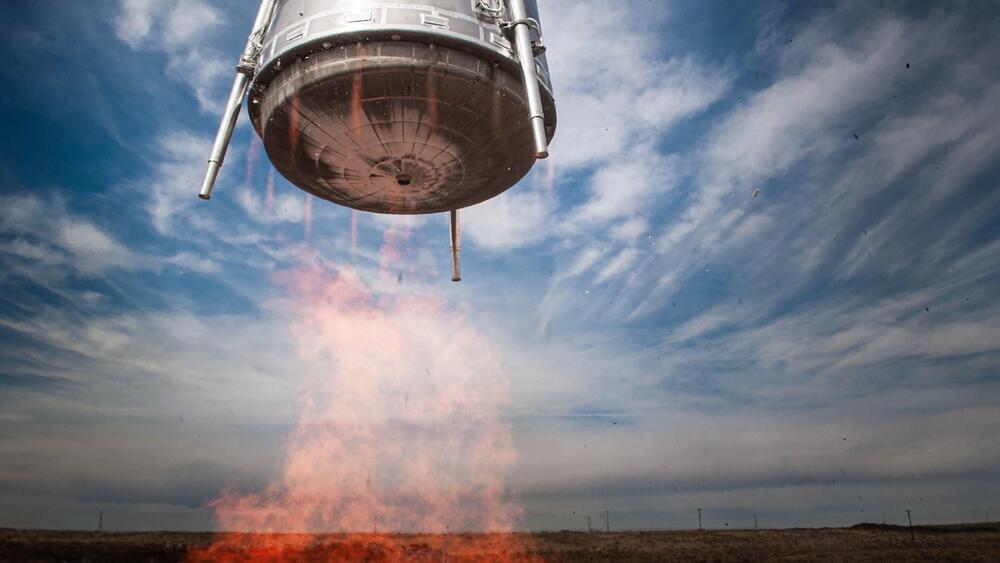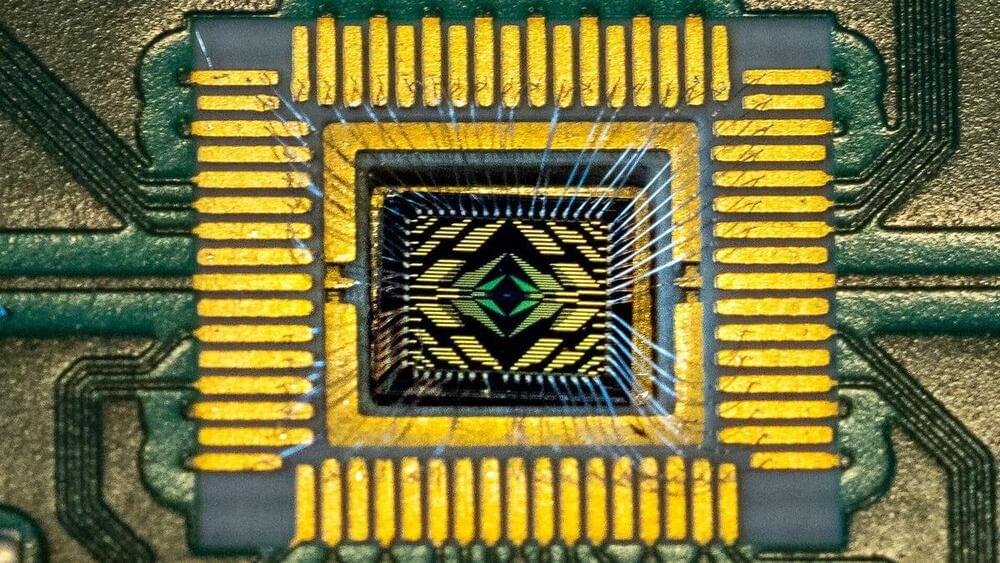This processor is the first to be built on the Intel 4 (7nm) architecture.
Intel, the PC silicon giant, has recently made a significant announcement that’s set to revolutionize its mobile processor line. On Tuesday, at the Intel Innovation event, the company unveiled its highly anticipated Meteor Lake processors, now known as Core Ultra chips. This is after Intel decided to do away with the Core “i” designation in June 2023. It is slated for release on December 14, and laptops coming out in the first quarter of 2024 should start adopting the new chips. While this news is undoubtedly exciting for tech enthusiasts, it also raises important questions for consumers: Will Intel-powered Windows… More.
Source: Intel Corporation.
Meteor Lake isn’t just another processor in Intel’s lineup; it represents a pivotal moment in the company’s evolution. This processor is the first to be built on the “Intel 4” (7nm) architecture, a significant leap forward in terms of efficiency and power from the 12th and 13th gen Alder Lake and Raptor Lake CPUs. Competitors like Apple already leapfrogged into the world’s first 3nm process with the announcement of Apple’s A17 Bionic Pro on the iPhone 15 Pro lineup. But those are based on ARM architecture, while Intel is on the classic x86-64 ones.




